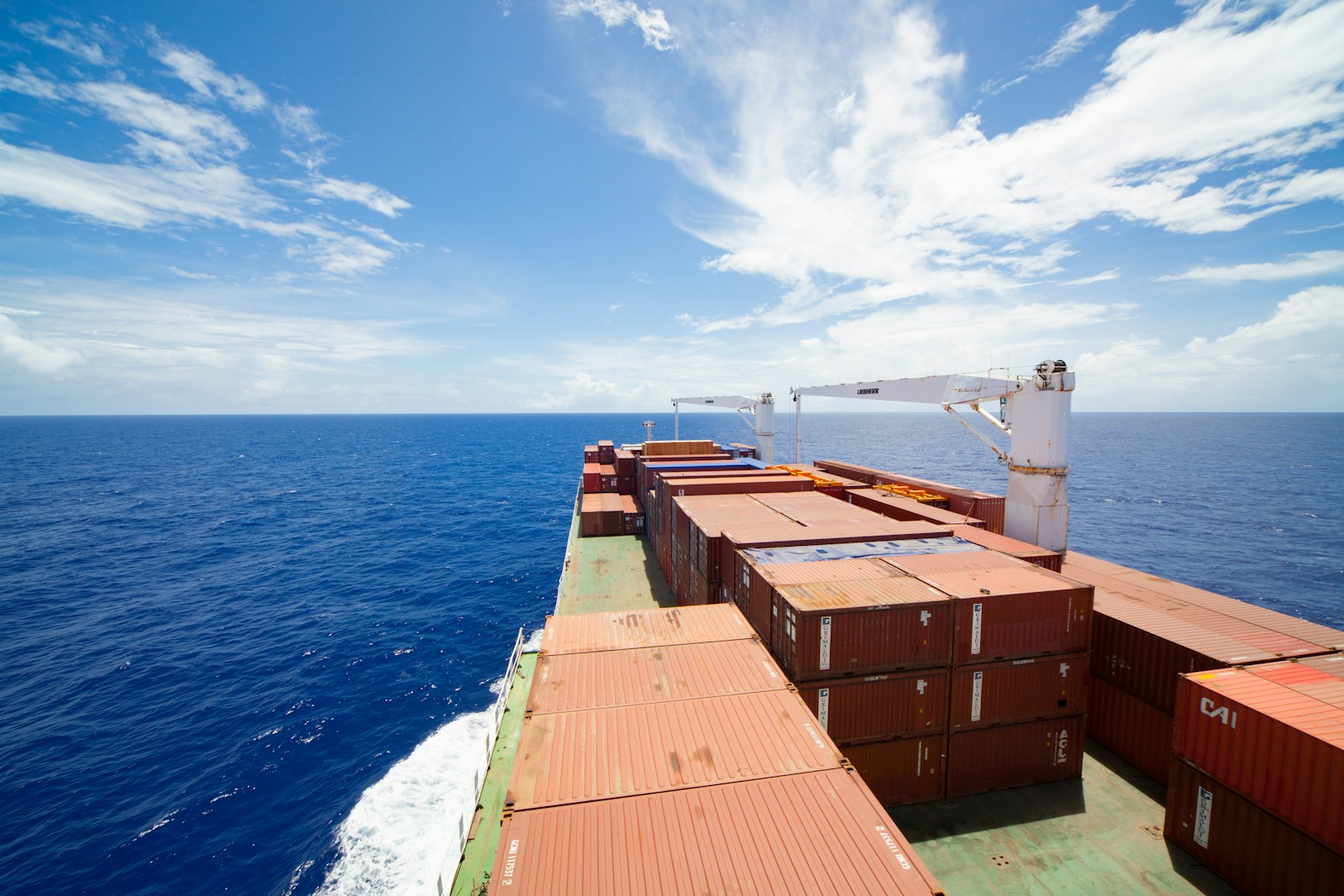AGOA Africa: 5 Powerful Risks Threatening African Industries
AGOA Africa is at a crossroads, with its future hanging in the balance. The African Growth and Opportunity Act (AGOA) has long been a lifeline for African industries, providing preferential access to U.S. markets. However, recent developments suggest that this crucial trade framework is facing significant risks, potentially reshaping the economic landscape of the continent.
1. Trade Policy Uncertainty
One of the most pressing challenges AGOA Africa faces is uncertainty in trade policies. Changes in U.S. legislation or political priorities can directly impact African exporters. Industries that rely heavily on AGOA benefits may suddenly face tariffs or stricter regulations, creating instability and jeopardizing long-term investment plans.
2. Dependence on Single Markets
Many African industries have become overly dependent on the U.S. market due to AGOA Africa incentives. While this provides immediate opportunities, it also exposes them to significant risk. A withdrawal or reduction of AGOA benefits could lead to a sudden loss of revenue, emphasizing the need for market diversification and regional trade strategies.
3. Manufacturing and Industrial Gaps
Despite AGOA Africa’s promise, many industries struggle with inadequate manufacturing capabilities. Limited technology, insufficient infrastructure, and a lack of skilled labor hinder the ability of African industries to compete globally. Strengthening domestic industrial capacity is critical to ensure that AGOA benefits translate into sustainable growth.
4. Agricultural Export Vulnerabilities
AGOA Africa has provided significant opportunities for agricultural exports, yet this sector remains vulnerable. Price fluctuations, climate change, and logistical challenges can undermine the benefits. Strengthening supply chains and investing in modern agricultural practices are essential to protect African farmers and exporters from sudden shocks. Learn more about sustainable agriculture strategies on FAO Africa.
5. Competition from Other Global Markets
As global trade intensifies, African industries under AGOA Africa face increasing competition from countries like Vietnam, Bangladesh, and India. These nations offer lower production costs and more efficient supply chains, which can erode the market share of African exporters. Investing in innovation and improving product quality are critical strategies to stay competitive in the U.S. market.
6. Regulatory Compliance Challenges
Compliance with U.S. regulations is a significant hurdle for many African exporters. Standards related to labor, environment, and product safety require resources and expertise that smaller businesses may lack. AGOA Africa industries must prioritize training, certification, and capacity-building initiatives to meet international standards and secure long-term trade benefits.
7. Infrastructure and Logistics Limitations
AGOA Africa industries often struggle with inadequate infrastructure, including transport, ports, and energy supply. These limitations increase costs and reduce efficiency, making African exports less competitive. Investing in modern logistics solutions and infrastructure development is crucial to fully leverage AGOA benefits. For strategies on improving trade infrastructure, see our related article on improving Africa trade infrastructure.
8. Financial and Investment Barriers
Access to finance remains a critical challenge for AGOA Africa industries. Many exporters face difficulties securing loans or investment for expansion. Limited financial support restricts growth and reduces the ability to meet U.S. market demands. Governments and private investors must collaborate to create funding mechanisms that empower African industries and ensure sustainable participation in AGOA.
9. Skills and Workforce Development
The success of AGOA Africa depends heavily on the availability of a skilled workforce. Many industries face talent gaps in technical, managerial, and marketing fields. Addressing these gaps through training programs, vocational education, and international partnerships is essential to enhance productivity, competitiveness, and long-term resilience of African industries.
10. Policy Advocacy and Continental Coordination
AGOA Africa’s future depends not only on U.S. decisions but also on strong policy advocacy and continental coordination. African governments and industry associations must work together to present a unified voice, negotiate favorable terms, and create policies that strengthen domestic industries. Collaborative efforts can help mitigate risks and ensure that AGOA benefits are sustainable across multiple sectors.
Conclusion
AGOA Africa faces multiple challenges that could reshape the continent’s industrial landscape. From trade policy uncertainty and market dependence to infrastructure gaps and regulatory hurdles, African industries must adapt strategically. By investing in skills, technology, infrastructure, and policy coordination, the continent can not only preserve AGOA benefits but also build long-term resilience. Understanding and addressing these 5 powerful risks is crucial for ensuring that African industries thrive in the global market.




